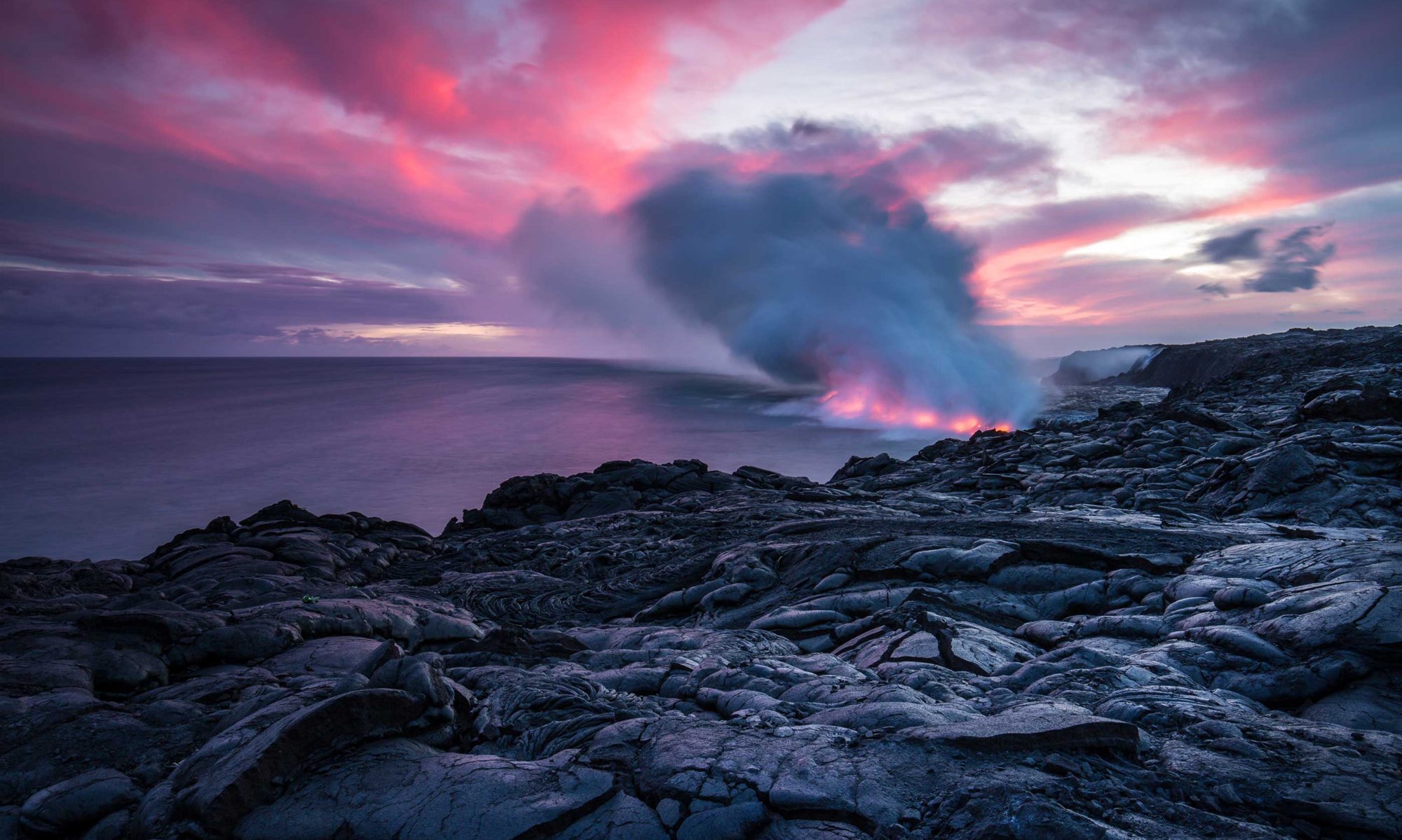A new study has found that the movement of glaciers in Greenland is more complex than previously thought. The team led by researchers from the University of Cambridge used computer modeling techniques based on earlier fiber-optic measurements from the Greenland Ice Sheet.
Continue reading “Detailed picture of the Greenland Ice Sheet”Major water crises due to climate change
Climate change affects the global atmospheric circulation, which in turn alters precipitation and evaporation in large parts of the world and, as a result, the amount of river water that can be used locally. Previously, projections of climate impact on stream flow have usually been calculated on the basis of physical models.
Continue reading “Major water crises due to climate change”How big is the largest possible earthquake?
On May 22, 1960, a massive earthquake hit southern Chile. For 10 minutes, the ground shook so violently that people could not stay on their feet. Cracks opened in roads and buildings toppled.
Continue reading “How big is the largest possible earthquake?”Earth’ inner core slowing down
Earth’s inner core, a hot ball of iron the size of Pluto, has stopped spinning faster than the planet’s surface and may now be rotating slower than it, new research shows.
Continue reading “Earth’ inner core slowing down”Geological thermostat too slow
Reactions between rocks, rain and carbon dioxide in the atmosphere have helped to stabilize the climate throughout Earth’s history, but they won’t help prevent our carbon emissions from causing severe warming, a new study shows. However the results could help us find better ways to trap CO2 and slow climate change.
Continue reading “Geological thermostat too slow”Global river carbon cycle
In a new study, EPFL professor Tom Battin reviews our current understanding of carbon fluxes in the world’s river networks. He explains their central role in the global carbon cycle and warrants for the creation of a global River Observation System.
Continue reading “Global river carbon cycle”Arctic carbon conveyor belt
Every year, the transfer of carbon-rich particles across the shelf in the Kara and Barents Seas could trap as much as 3.6 million metric tons of CO2 in the deep Arctic ocean for thousands of years.
Continue reading “Arctic carbon conveyor belt”Oceans hottest ever recorded in 2022
The world’s oceans were the hottest ever recorded in 2022, indicating the profound and pervasive changes that human-caused emissions have made to the planet’s climate.
Continue reading “Oceans hottest ever recorded in 2022”Surprising behavior of minerals deep in the Earth
More than 400 miles below us is a massive world of extreme temperatures and pressures that has been churning and evolving for longer than humans have been on the planet. A new model from Caltech researchers shows that the processes involved are actually opposite to what had been previously theorized.
Continue reading “Surprising behavior of minerals deep in the Earth”Earth’s first mass extinction
A new study conducted by Virginia Tech geobiologists suggests that the cause of the first known mass extinction of animals was decreased global oxygen availability, leading to the loss of a majority of animals present near the end of the Ediacaran Period roughly 550 million years ago.
Continue reading “Earth’s first mass extinction”
